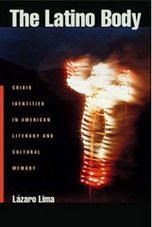 (left: Raquel Rivera, photo by Annabellie Rivera)
(left: Raquel Rivera, photo by Annabellie Rivera)Raquel Rivera's New York Ricans from the Hip Hop Zone (2003) is one of the first books to account for the synergy between Boricua hip hop and its more visible and lucrative African American expressions.
See Libero Della Piana's Interview with Raquel here where she's asked, "Why has the influence of Puerto Ricans on hip hop been so often overlooked and overshadowed in the public eye by the African American role in hip hop?"
Her poignant reply is telling, "The reasons are interrelated and there have been many. But there is one overriding reason above all others: We are all so used to accepting myths of cultural purity and ethnic separation, that its hard to see the truth even when its standing right in front of you. Ethnic groups have a history of struggle over 'cultural property' and this is no different. Take for example the longstanding argument among those that proclaim salsa to be 'really' Puerto Rican, or 'really' Cuban, or 'really' Latin American, or 'really' US Latino."
It would worthwhile to explore the Boricua hustle-dance scene as precursor to break-dancing, as well as the music that went with it, with the pan-ethnic forms of performance that developed into what is understood today as hip hop. Maybe my former student and hip hop scholar Wilfredo Gómez will write that book.

